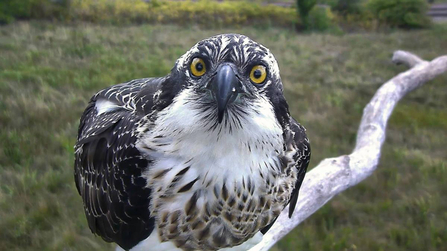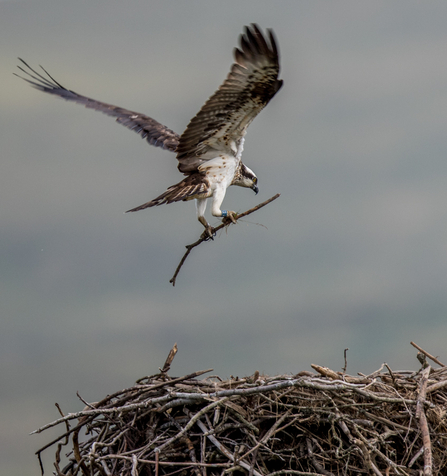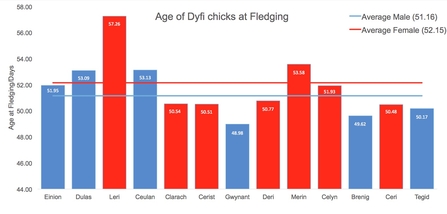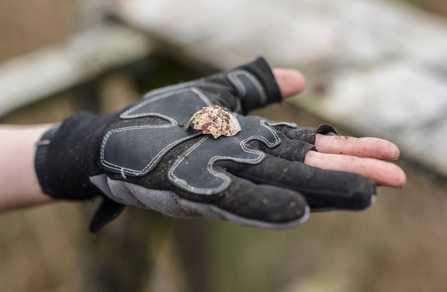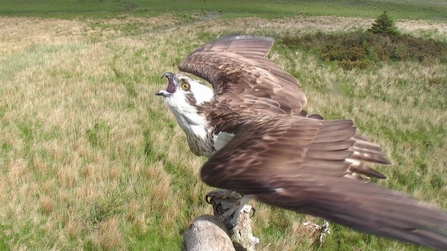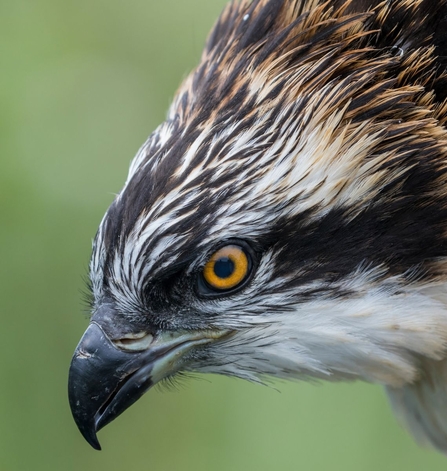Aeron, Menai and Eitha will be airborne in a few days.
These next few coming days are, arguably, the most compelling of the whole year.
The torturous, frost-biting work up rickety tower scaffolding in January and February to test and service the season's cameras and mics - just a distant cryogenic memory. Over 40 days of 24hr surveillance burning the midnight oil, peering through matchsticks to ensure the three eggs are safe - we can now laugh at (not funny at the time).
Even the three tiny bobs, desperate for parental attention whilst hardly able to lift the weight of their own heads to feed - it seems like it was a completely different part of the season. Yet it was only the beginning of last month.
Have a look at this short video of Aeron, Menai and Eitha - it was only a few weeks ago..

